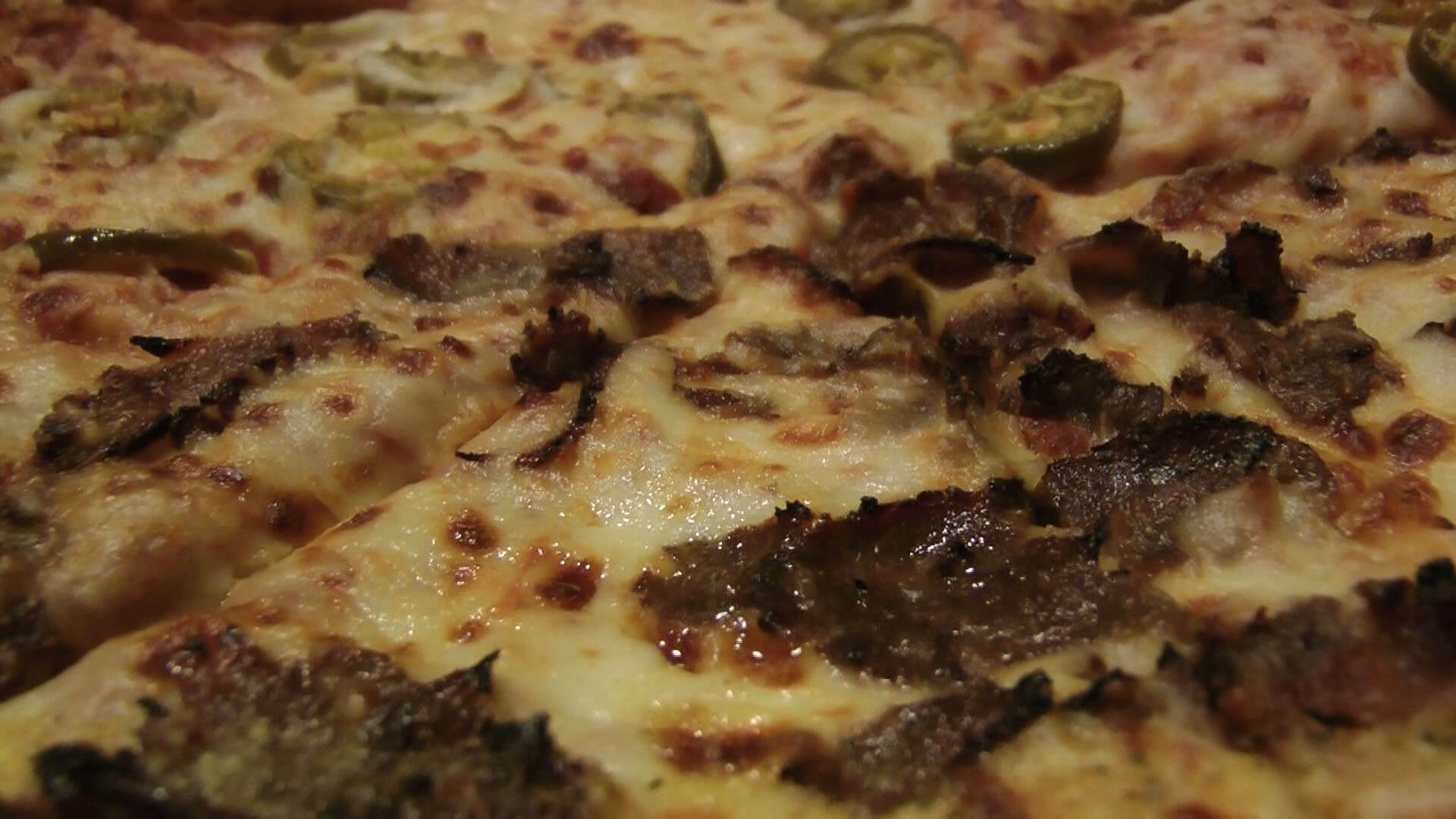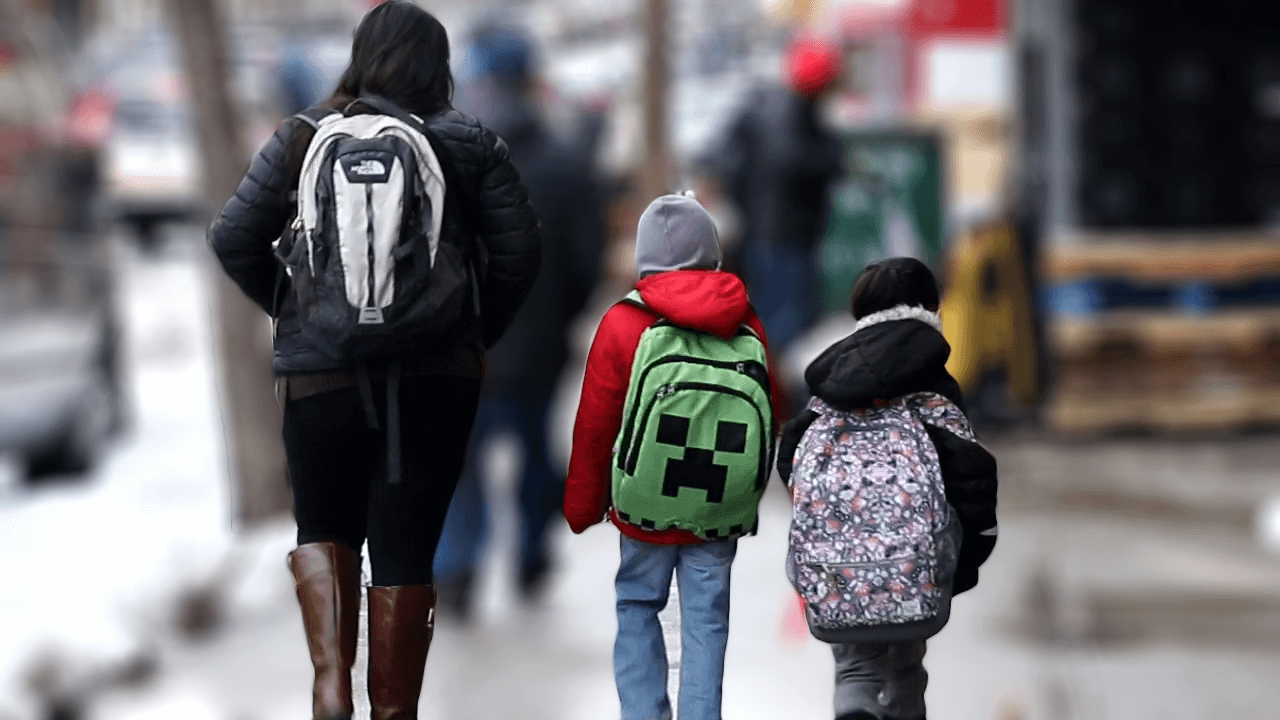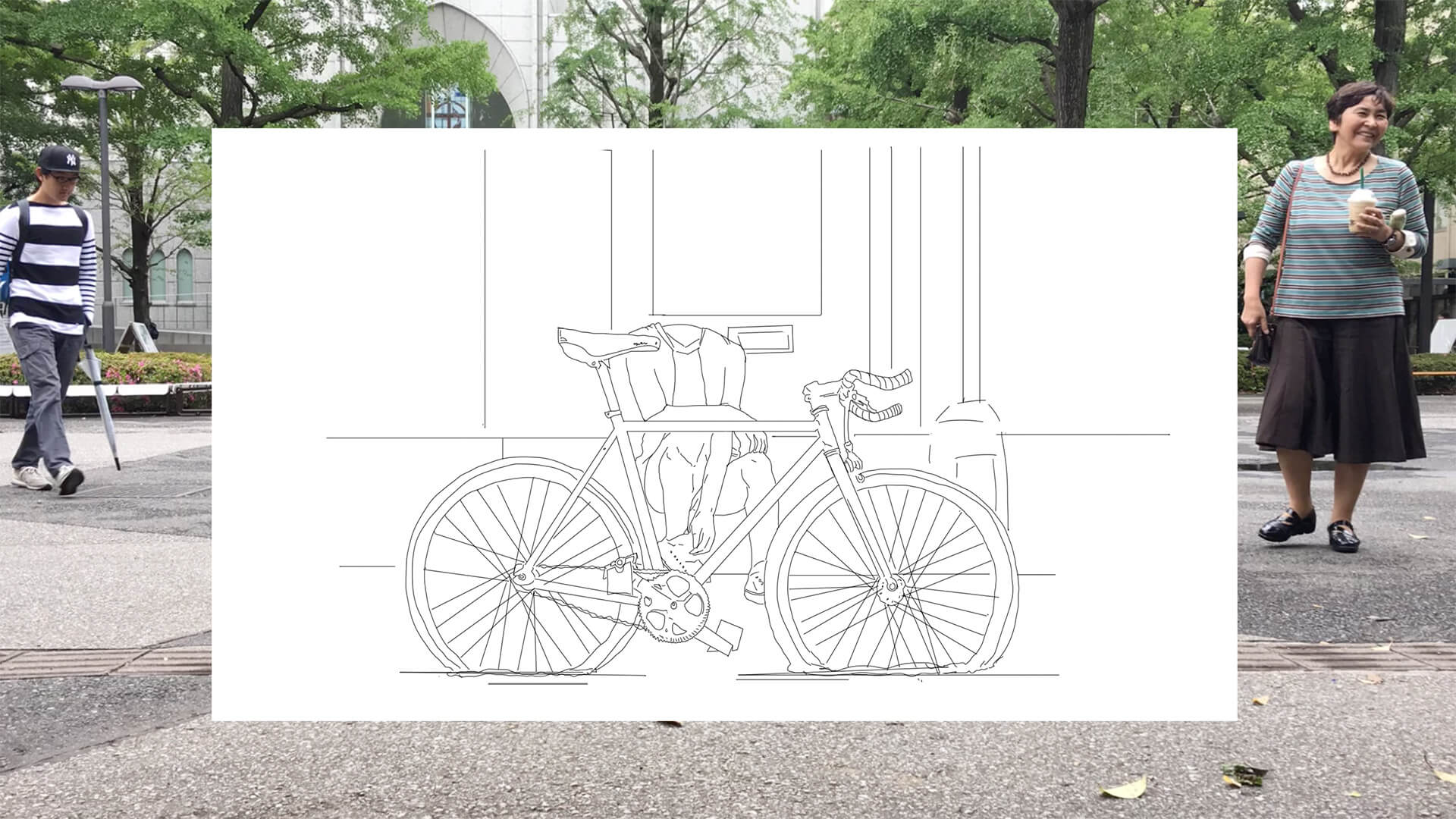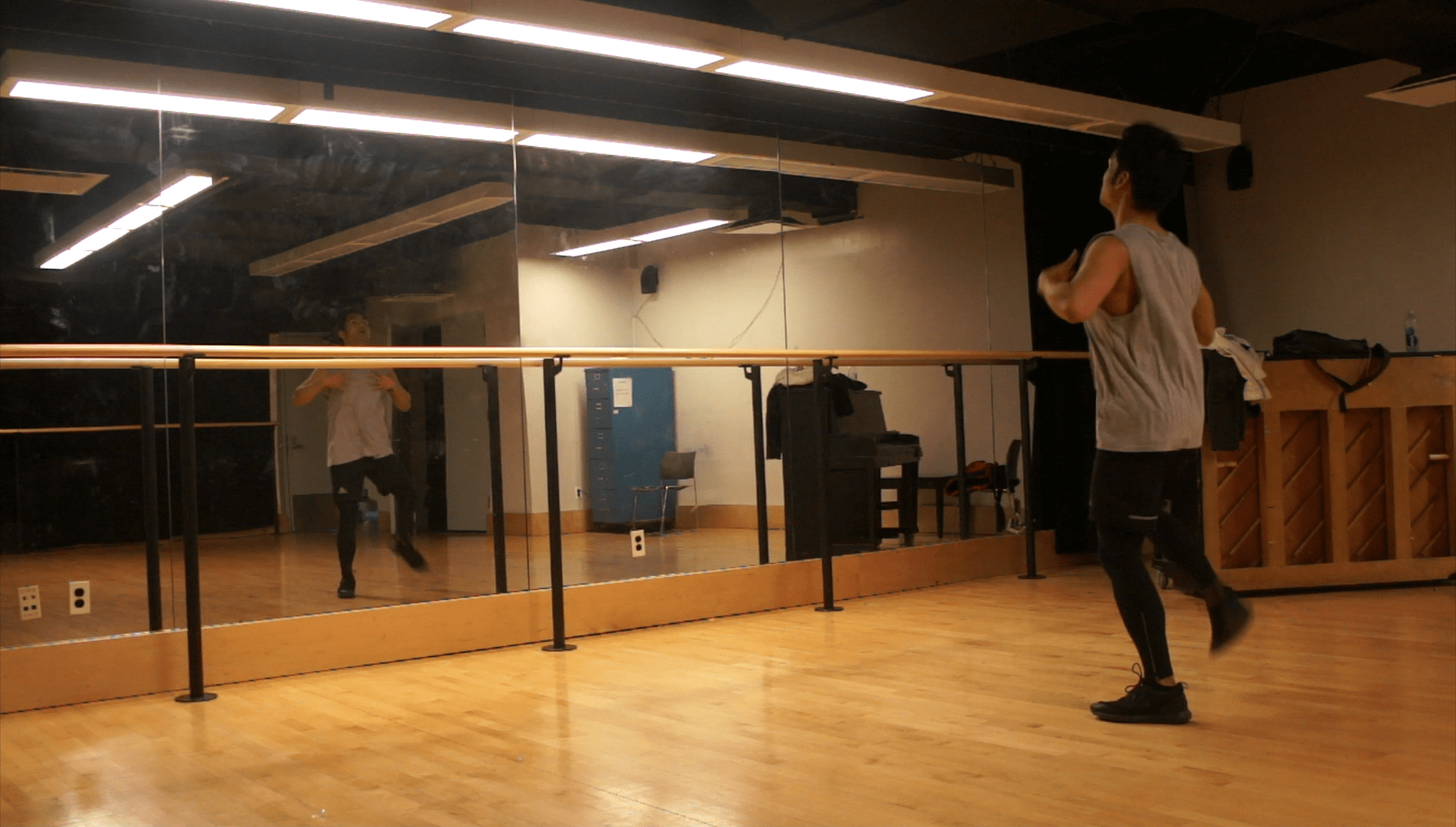Floor 3 Recognition

Adrielle Cabahug
Cheese in NYC, 2017, Video, 2:42 min.
Cheese in NYC Adrielle Cabahug is a video art project which raises awareness about stereotypes and diversity in New York City. The iconic NYC food symbol, pizza, illustrates the community of New York. The diversity of toppings represents the variety of ethnic groups that coexist side by side. Cabahug uses spoken word to express her feelings about stereotypes, while showing a variety of pizza toppings.
For example, she uses pineapple and bacon to represent stereotypical ethnic groups that are perceived to have rising tensions. She films different types of toppings that represent different opinions. Not all people will have the same taste about pizza toppings, which is symbolized by the pulling and separation of the cheese on the pizza. Despite this, Cabahug advocates for respecting different opinions while embracing an inclusive community.

Estefany Marlen Gonzaga
My Mom Has A Bookbag, 2017, Video, 04:59 min.
Estefany Gonzaga is an advocate for higher education, student success, and single mothers in college. She uses her abilities as a graphic designer and new media artist to bring awareness to these issues. My Mom Has A Bookbag presents the challenges and rewards that a single mother is faced with while being in college through the eyes of her children.
This unique situation sheds light on a mother’s will for continuous learning, wisdom, and the weight on her shoulders as her children model their mother’s behavior. The video follows the lives of three mothers and their children, who talk about what they see and think about their mothers. Through their own narration, the children embrace the hard work their mothers do for them.

Enoch Sup Lee
Exposure Diagnosis, 2017, Video, 03:04 min.
Enoch Sup Lee’s Exposure Diagnosis is a critical examination of internships, freelance contracts, and the like that do not favor or benefit artists. The ethics of the business world is in a downward spiral, forcing artists to work for little to no compensation in the hopes that mere ‘exposure’ will benefit them later in their careers. Exposure Diagnosis showcases the struggle of aspiring artists when it comes to getting fairly compensated for their works.
Throughout the video, an artist without a face create drawings in time lapse. The artist is faceless to represent that businesses only care about the work that is produced and not the artist who creates it. The rapidly repeating time lapses of the slow process of drawing represent how prominent this form of working is in today’s creative industries. To emphasize this point, an appropriated dialogue portrays an average businessman’s conversation with an artist and exposes the absurdity of this economic model.

Lorenz Lina
Postponed Dance, 2017, Video, 05:20 min.
In his video, Postponed Dance, Lorenz Lina concentrates on relearning his dancing skills. This experimental project begins by showcasing Lina’s past life as a versatile dancer and choreographer through old footage of his high school dance competitions. After reviewing his old work, Lina reawakens his passion for dancing. The video documents the challenging process of relearning this skill, culminating in a performance. The audience can witness the differences between his youthful performances and his current state as a performer.